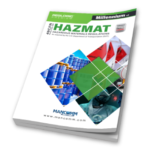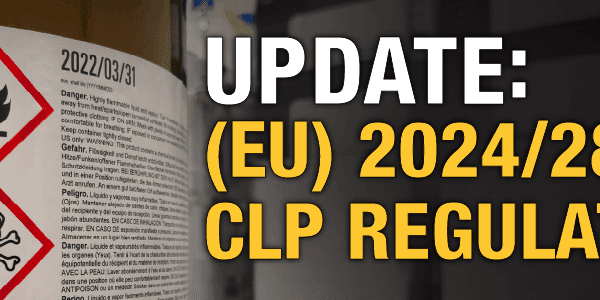
Cybersecurity and Hazardous Materials
In today’s interconnected world, the risks associated with hazardous materials extend beyond physical safety. As industries increasingly rely on technology, integrating cybersecurity into hazardous materials management has become crucial. This article explores the intersection of these two fields and emphasizes the importance of safeguarding both digital and physical environments.
Hazardous materials can be anything from chemicals used in manufacturing to radioactive waste. They pose various risks, including health hazards to workers, environmental contamination, and potential for accidents. Managing these materials requires stringent regulations, proper training, and careful handling.
Cybersecurity encompasses protecting systems, networks, and data from digital attacks. In industries dealing with hazardous materials, cyber threats can have severe consequences. A successful cyberattack could compromise safety systems, disrupt operations, or even lead to environmental disasters.
Types of Cyber Threats
- Ransomware: Attackers may lock essential systems, making it impossible to manage hazardous materials safely.
- Phishing: Employees may be tricked into revealing sensitive information that could lead to larger vulnerabilities.
- IoT Vulnerabilities: Many facilities use IoT devices to monitor hazardous materials. Insecure devices can be entry points for cyberattacks.
Recent incidents highlight the importance of robust cybersecurity in hazardous materials:
- Colonial Pipeline Incident (May 2021): A ransomware attack disrupted fuel supply, impacting critical infrastructure. While not directly related to hazardous materials, the incident demonstrated how cyber threats can ripple through industries reliant on regulated materials.
- U.S. Water Supply Cyberattack (February 2021): An attack on a water treatment facility underscored the potential dangers of tampering with systems managing hazardous chemicals, risking public health and safety.
To effectively mitigate risks, organizations must integrate cybersecurity into their hazardous materials management strategies. Here’s how:
- Risk Assessment
- Conduct thorough risk assessments that evaluate both physical and cyber vulnerabilities. Identify critical systems related to hazardous materials and prioritize protections based on potential impacts.
- Employee Training
- Invest in training programs that educate employees about both hazardous materials handling and cybersecurity practices. Awareness of cyber threats can empower employees to recognize suspicious activities and prevent breaches.
- Incident Response Plans
- Develop comprehensive incident response plans that include protocols for both cyber and physical incidents. These plans should outline steps to take in the event of a breach, including coordination with regulatory bodies and emergency services.
- Regular Audits and Updates
- Conduct regular audits of both cybersecurity measures and hazardous materials management systems. Stay updated with the latest cybersecurity technologies and practices, ensuring your defenses evolve alongside emerging threats.
- Collaboration with Experts
- Engage cybersecurity professionals who specialize in industrial environments. Their expertise can help identify potential vulnerabilities and recommend solutions tailored to your operations.
Hazardous materials regulations, such as 49 CFR, OSHA, and EPA guidelines, are crucial. However, compliance must also extend to cybersecurity frameworks like NIST and ISO standards. Organizations should ensure they meet both requirements to protect their operations comprehensively.
As industries continue to digitalize, the risks associated with hazardous materials management grow more complex. Organizations can create a safer environment for employees, communities, and the planet by prioritizing cybersecurity alongside traditional safety measures. Integrating these two critical areas is not just a best practice—it’s a necessity for a sustainable and secure future.
Stay informed, prioritize training, and take proactive steps to protect your organization from cyber threats. The safety of your materials and the well-being of your workforce depend on it.
ICC is passionate about keeping us all safe when handling, storing, manufacturing, or transporting dangerous goods. Our team can help your business stay compliant and informed through our resources and products. Contact us to learn more about the ICC difference.
Stay up to date and sign up for our newsletter!
We have all the products, services, and training you need to ensure your staff is properly trained and informed.
 49 CFR Publications 49 CFR Publications |
 Worded Labels Worded Labels |
 Shipping Hazardous Materials Shipping Hazardous Materialsby Ground |






 ICC USA
ICC USA ICC Canada
ICC Canada